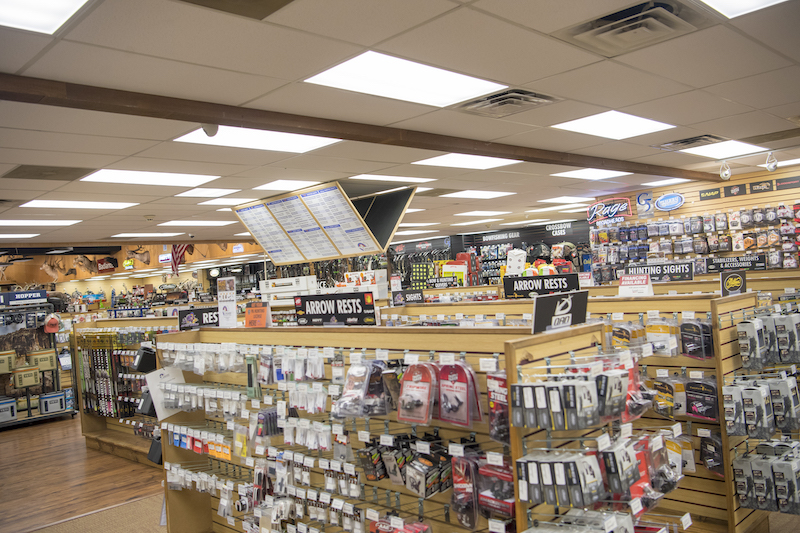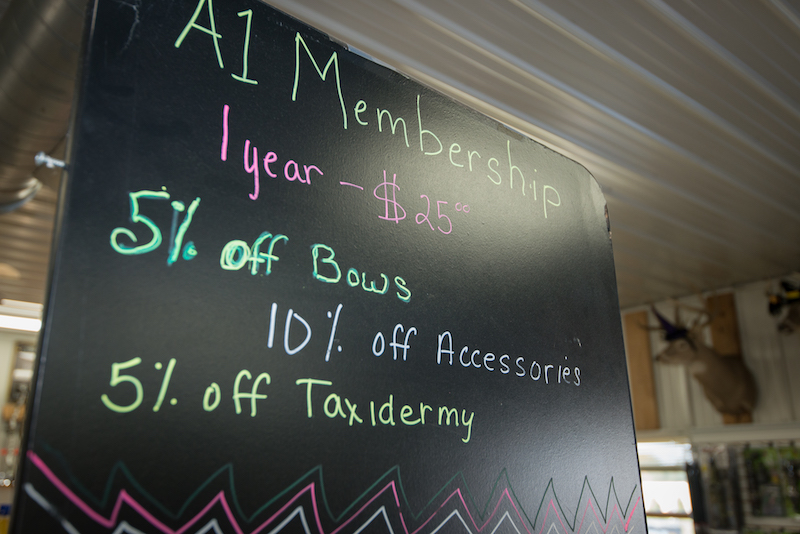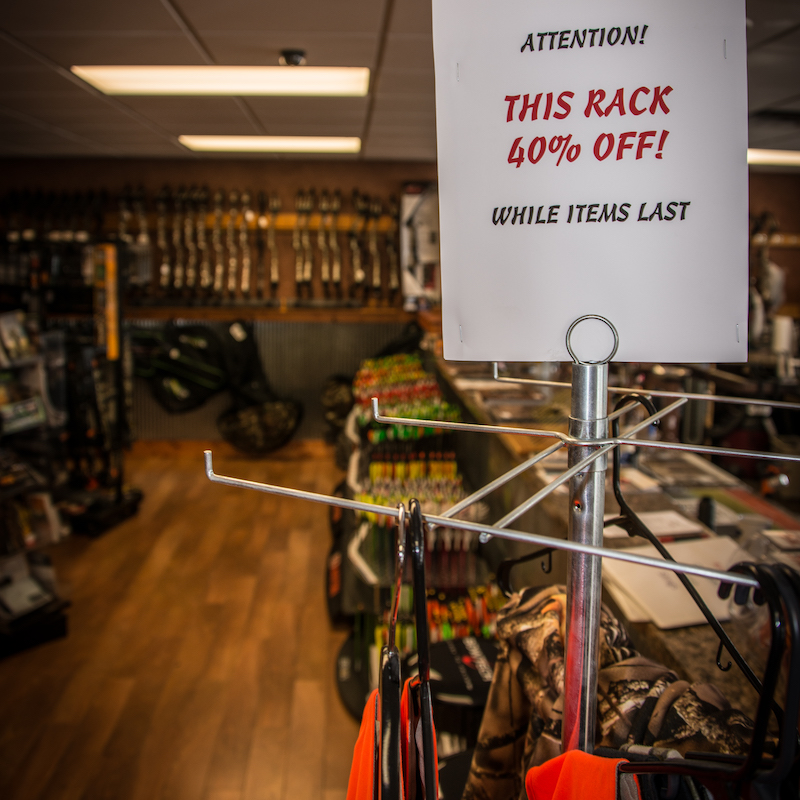Retail
10 Creative Ways to Move Old Inventory
Feature slow-moving products different ways so customers see them and buy them.
Photo Credit: ATA
Out with the old, in with the new … if there’s room.
Inventory management is tricky. You must stock enough items to meet customer demands but not so much that you must eventually sell it at no profit. If you find yourself with excess products, don’t fear. Creative strategies can sell slow-moving products and clear shelves so you have room for new products.

Move products to different sections of the store to increase foot traffic. Photo Credit: ATA
Items sometimes don’t sell because they’re tucked into corners or “merchandised” incorrectly. Merchandising includes everything you do to promote and sell products. Products must be visible, easily accessible, and clearly marked. Rearrange old products so they’re front and center, and then use merchandising techniques like clever signs and endcap displays to feature them. Customers often show interest and buy after seeing products in a new light or location.
Place products in several locations to ensure they get noticed. That’s important for small products, which can get lost or pushed behind larger items. Place them near the checkout with signs. Think about your store’s layout and flow, and place items in high-traffic areas like the end of aisles. Seasonal endcap displays with flashy, themed decorations draw attention.
Bundling items into packages makes buying easier. Group a slow-moving product with a complementary product that sells well. If you sell lots of treestands but struggle to sell safety harnesses, pair them together. If you’re overstocked on arrows, package them with best-selling broadheads. Or pair excess accessories with new bows. For slow-moving bow packages, discount one or two items in the bundle to decrease the overall price without decreasing your profit margin. Bundles increase the items’ perceived value, which boosts their sales attraction. Newcomers often don’t know what to buy, so you can remove a beginner’s buying barriers by grouping items or assembling packages.
Buy three, get one free. Or buy one, get one 20% off. Incentives encourage buyers to capitalize on sales and stock up, which moves products quickly to open space for other items. Quantity discounts work well for regularly used items, including arrows, broadheads and scent-killing products. They also work for hats, clothes and other easily gifted items.

Give members a discount on certain items or the whole store. Photo Credit: ATA
Promote products to your teams, league members, range members or other groups. Perks engage customers on a higher level. Offer weekly or monthly specials to push select products, such as, “Range members get 25% off ‘Product X’ this week only.” Sales can spark impulse buys or entice customers to join your teams for access to exclusive deals.
Inform your sales team which products you must sell, including who makes it, how it works, where it’s made, when to use it, and how it helps archers succeed. Encourage them to push the product only when applicable. Don’t force a product on customers, but introduce it as a good option. Be honest with customers. Explain that you’re featuring the product or running a special because you have excess inventory.
Tap into your customers’ competitive side by turning purchases into contests. Highlight one product, or several slow-moving products, for a month. Enter customers into a contest whenever they buy a featured product during that time. When the month ends, pick one or two names (depending on the number of entries) to win a prize, such as a gift card, free range time, waived league fees, or a free bow-tuneup.
People like to win. They also love free stuff, so competitions are powerful motivators. Also consider contests for your sales team. The person selling the most from your monthly “move-now list” wins a prize, a paid day off, or other valuable incentives.

WE ARE HERE TO HELP THE INDUSTRY, TO HELP INDIVIDUAL BUSINESSES GET THE MOST OUT OF THE INDUSTRY, AND TO HELP YOU.

If you can't return or exchange stale inventory, place it on sale. Photo Credit: ATA
If you have a good relationship with a vendor, ask to return items for credit. Be honest and open to exploring options. If they hesitate to give you a refund, request an inventory swap. Manufacturers likely won’t accept discontinued items, so don’t wait too long to make deals. Be prepared to pay return freight, and remove price labels before making exchanges.
If you can’t sell the items in-store, explore your online options. Just be sure to honor manufacturers’ restrictions about internet or third-party sales. No e-commerce site? Consider eBay or Groupon Goods, which is helpful when selling items that tie up lots of cash. It’s better to break even or suffer small losses than to stock eternal dust collectors.
If all else fails, donate items or use them as giveaways. You’ll lose money, but you’ll gain other benefits as a trade-off. For example, companies can receive tax breaks on donations if they document the gifts on paper. Meanwhile, giveaways generate attention on social media, which builds brand awareness and interest in your business.
Take action and liquidate old inventory. Questions? Contact Kurt Smith, ATA’s director of industry relations, at (866) 266-2776, ext. 117; or kurtsmith@archerytrade.org.
